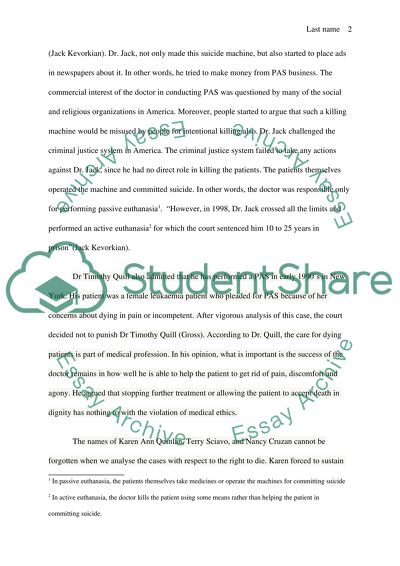Cite this document
(“Physician Assisted Suicide for the Terminally Ill Research Paper”, n.d.)
Retrieved from https://studentshare.org/health-sciences-medicine/1431393-physician-assisted-suicide-for-the-terminally-ill
Retrieved from https://studentshare.org/health-sciences-medicine/1431393-physician-assisted-suicide-for-the-terminally-ill
(Physician Assisted Suicide for the Terminally Ill Research Paper)
https://studentshare.org/health-sciences-medicine/1431393-physician-assisted-suicide-for-the-terminally-ill.
https://studentshare.org/health-sciences-medicine/1431393-physician-assisted-suicide-for-the-terminally-ill.
“Physician Assisted Suicide for the Terminally Ill Research Paper”, n.d. https://studentshare.org/health-sciences-medicine/1431393-physician-assisted-suicide-for-the-terminally-ill.


